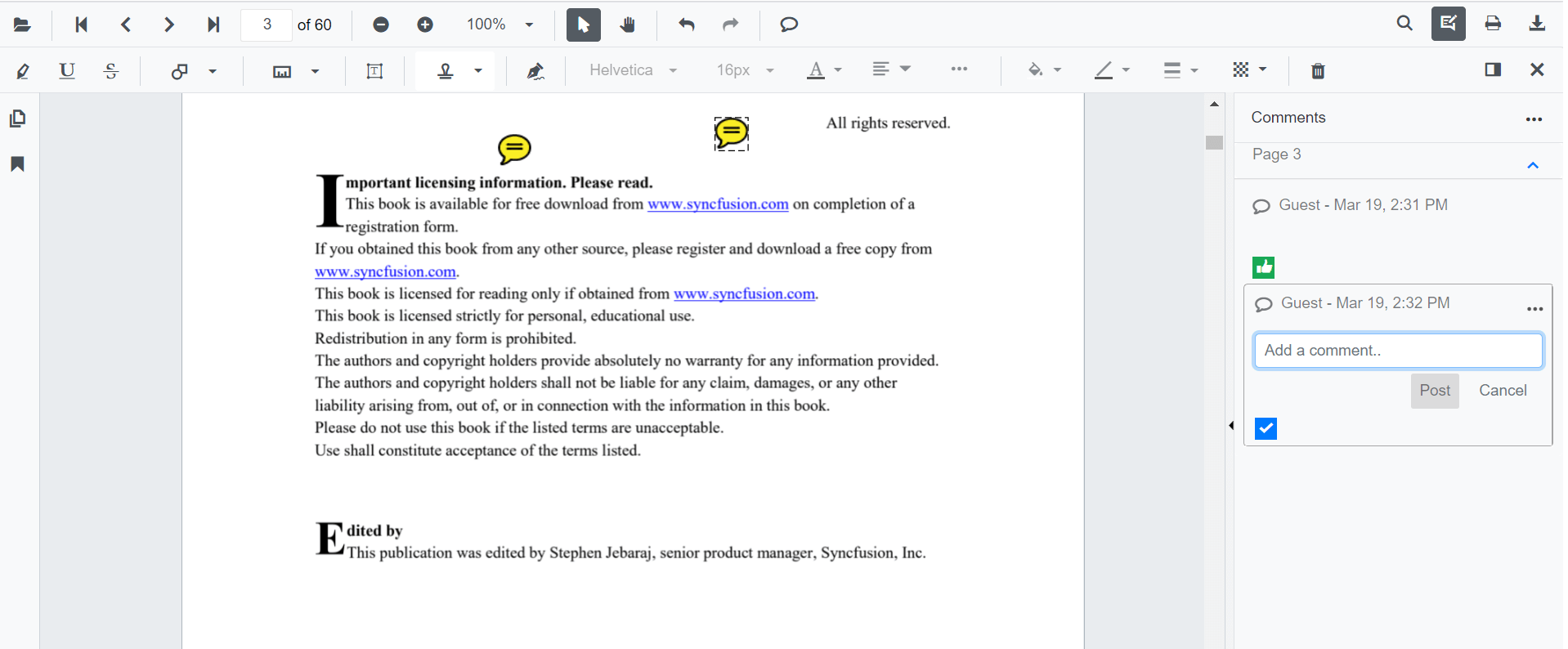
Updating video content can be more labor intensive than updating a Word document or. Without incorporating mechanisms by which students to have opportunity for peer to peer interaction, using video to deliver large amounts of content can be isolating and solitary.Video clips can allow other content area experts, who may not be able to come to your class in person, to provide additional perspectives to your course content.This flexibility permits the student to have the access to help when they need it. Complex procedures or demonstrations presented as video clips can be paused or reviewed as often as a student needs in order to understand the content.This allows learners to watch or listen to content in a wide variety of situations and at times more convenient for them, potentially freeing up time during class for more in-depth discussions or additional content. The widespread access to WiFi connections, combined with mobile technology like smartphones, tablets and laptops, create an environment where deployment of high quality video and audio is accessible to a large percentage of learners.Create Animated Films: By using iMovie in conjunction with other apps such as Animation HD or iMotion HD, students can create beautiful stop motion or animated films, stringing together various short clips, adding voice overs, sound effects, and music.During an experiment or demonstration, students can record and then slow down footage to find out exactly what is going on. Slow Motion Analysis: In iMovie, you can easily scrub through video clips in slow motion at an appropriate speed, frame by frame.You can easily take video of live specimens under a low powered microscope. Microscopy: The camera in the iPad works perfectly for recording through the optical piece of a light microscope.Students can easily add text-based-slides to iMovie using another app called iMovie Extras. Photo Essay: Photo-essays are powerful ways to convey messages through visuals and text.Story Telling: have students tell personal stories and turn them into digital stories using pictures and images from their classroom and their lives.The 20×20 (20 slides/images for 20 seconds each, with oral descriptions) presentation is made easily in iMovie Create Pecha-Kucha Presentations: Pecha-Kucha presentations are becoming more popular due to their time efficiency and engaging characteristics.Watching in pairs or small groups can become a catalyst for powerful conversations. Peer Feedback: Use video as a great medium to get students to begin to provide each other with feedback.Documentation: Use the camera and microphone to record student work and performances.Here are some ideas to start your thinking. Have students build your supplementary video database by assigning them the task of coming up with one or two great video examples and defending their choices.Ĭreating videos is a great way to have students relate course content to their personal lives, work in production teams, or demonstrate their learning in creative ways.

Use it to promote student exploration and critical thinking. Post videos that voice opposing viewpoints about your topic and have students comment on the video, as well as other students’ comments by using the blogging features within YouTube Use it to promote student interaction and debate. Use a ‘flipped classroom’ approach and have students watch a mini lecture before class so you can begin the class session with questions, discussions, or activities based on the video.


 0 kommentar(er)
0 kommentar(er)
